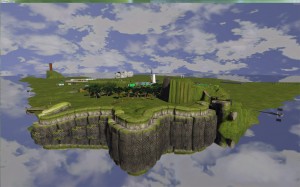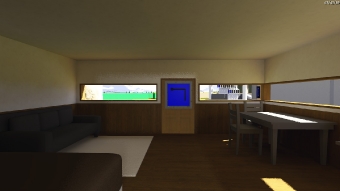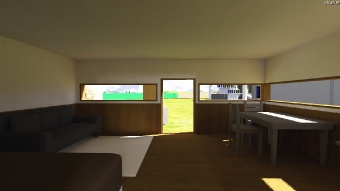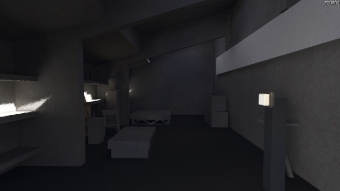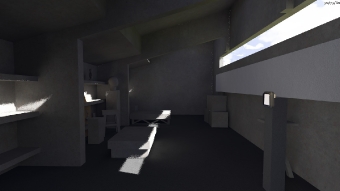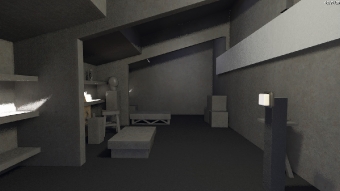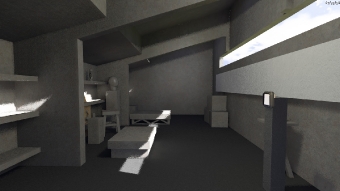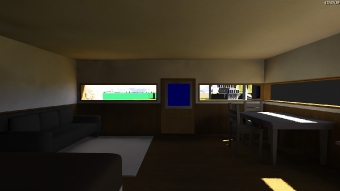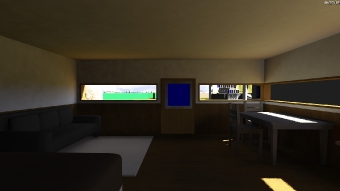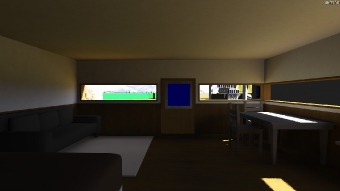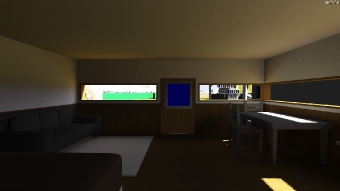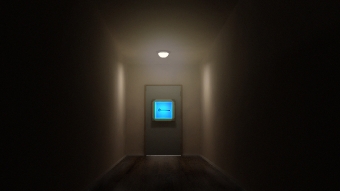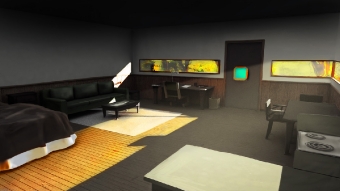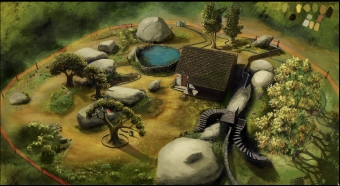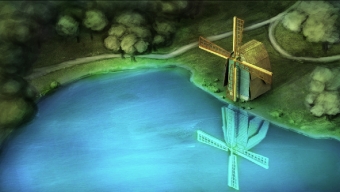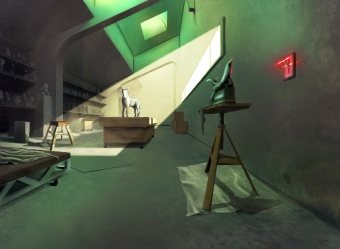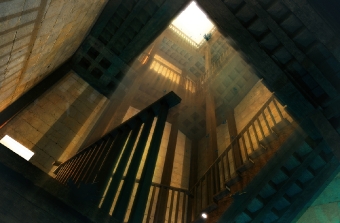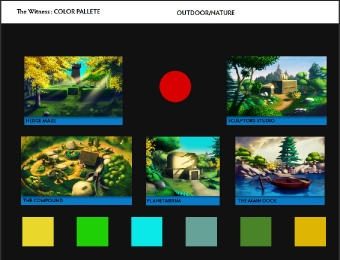
Today we are announcing a fund that provides very good terms for talented indie developers working on high-quality games. Our terms are much friendlier than what publishers offer. Our goal is to help indies become stronger while retaining their independence.
The past couple of years have been good for independent game developers. Through download services like Xbox Live Arcade, the PlayStation Network, WiiWare, and Steam, independent developers have found a very large audience. Some of us have been lucky enough to develop hit indie games that were very financially successful.
Braid was one of those games. The success of Braid has allowed me to undertake more-ambitious projects like The Witness. At the same time, I felt that I wanted to do something with the profits that would help other indies with their own games. More recently, while talking to publishers about The Witness, I felt that the business climate around publishing and funding these smaller games had not caught up with reality: it's a model where the standard terms are tuned for budgets in the tens of millions of dollars. Because publishers want to stick to this model even for low-budget games, it was very hard for indie developers to get a fair deal.
It turns out that other successful indies felt the same way, so we have pooled our resources and launched this fund. We will be announcing further details soon. At the GDC, Ron Carmel will be giving a talk about the problems that exist in the current publishing model for indie-budget games.
We've had the timing of this announcement planned for a while, but it seems like some kind of strange synchronicity that we're revealing our existence just as all this trouble is happening at Infinity Ward. When you're a mainstream developer, and you've made one of the most successful and profitable games of all time, and then just a few months later your publisher and parent company is willing to so bald-facedly mutilate your company, well, what conclusions can be drawn from that? If publishers of that size are so megalomaniacal as to be incapable of seeing the importance of a developer's talent -- instead believing that the game's success is somehow due primarily to their brilliant marketing strategy or their CEO's charming personality -- then how will this ever change?
If Infinity Ward can't be treated with respect, then who can?
Independent developers can. That's one answer, at least. Indie Fund is here to help make that independent existence a reality for as many talented developers as we can.
Here's a link to the main Indie Fund site, with an email you can use to contact us.



